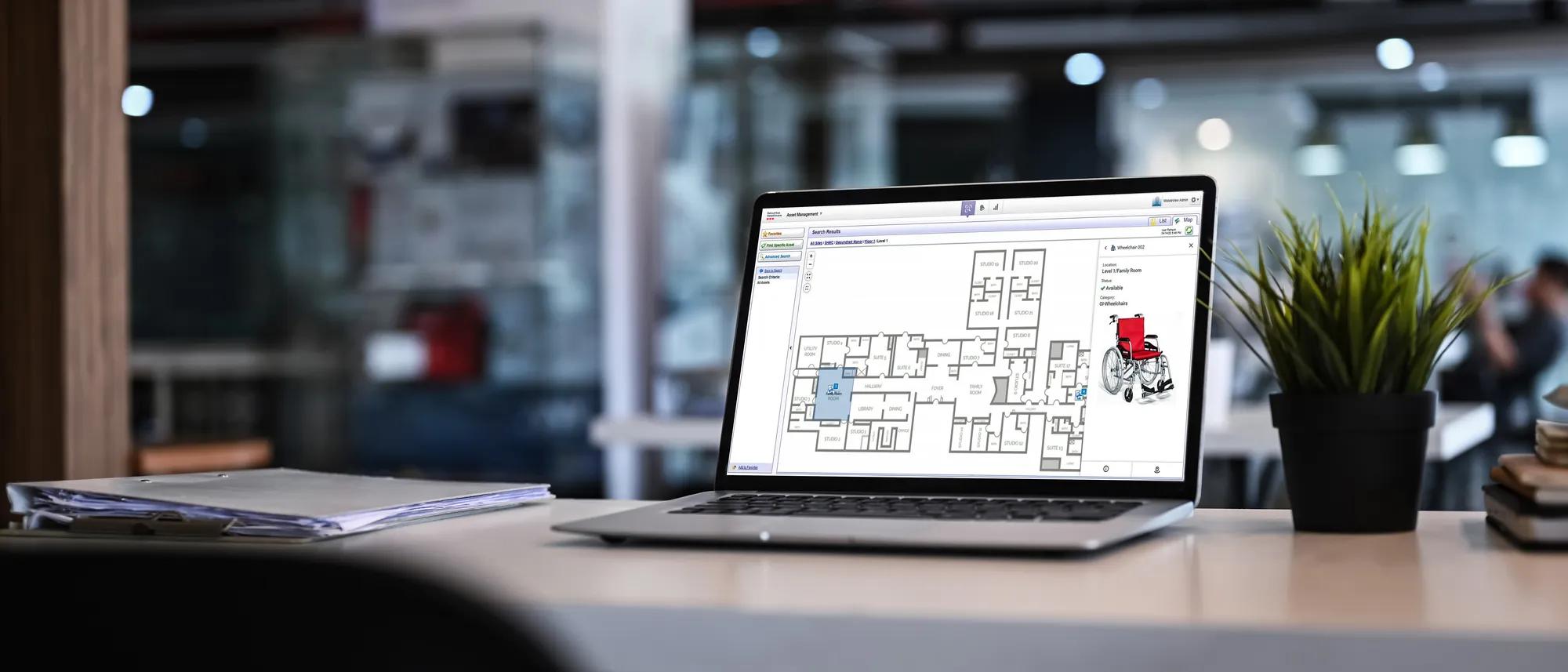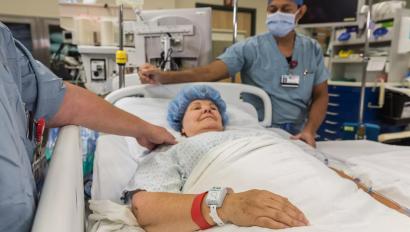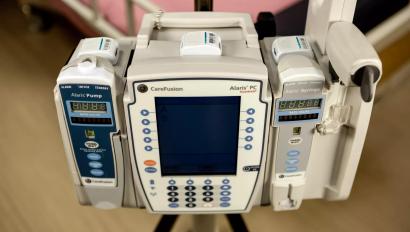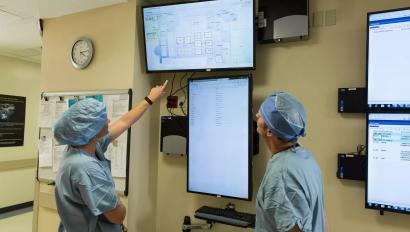7 Ways to Improve Healthcare Asset Management with RTLS

Many hospitals use RTLS to answer one healthcare asset management question: “Where’s our stuff?” Discover ways to maximize the value of RTLS investments.
For more than two decades, hospitals have been relying on Real-Time Location System (RTLS) solutions to improve quality, safety and efficiency. The original use—and still one of the most popular—is for healthcare asset tracking. But that’s only one example of how hospitals can put RTLS to work.
Healthcare Asset Tracking Should Go Beyond “Where’s Our Stuff?”
A growing number of hospitals are tapping into RTLS to address safety and efficiency goals. They’re using RTLS to monitor and improve the flow of patients and clinicians, to safeguard infants and children throughout their campuses, and to strengthen protection for their staff.
Although many hospitals have invested in RTLS-enabled asset tracking, not all are maximizing the value of the investment. Many are still using RTLS to answer one basic question: “Where’s our stuff?”
Being able to see asset location is an important goal, but it’s just the beginning. At Securitas Healthcare, we have continued to innovate and leverage multiple data sources to enable better insights—and better decision making. Today Securitas Healthcare’s RTLS solutions are being used by 17 of 20 U.S. News Best Hospitals.
7 Ways to Improve Healthcare Asset Management
In this blog series, we’re taking a closer look at seven ways hospitals can use RTLS to take healthcare asset management to the next level. We share some helpful best practices and highlight real-world examples of how some of the most innovative healthcare facilities have used advanced use cases to improve utilization, reduce capital costs and positively impact patient care.
Stay tuned for posts on these healthcare asset management use cases:
























